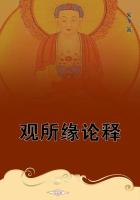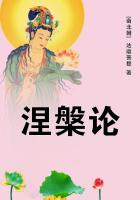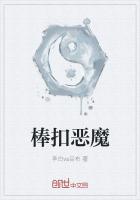The HORNED BLADDERWORT (U.cornuta), found in sandy swamps, along the borders of ponds, marshy lake margins, and in bogs from Newfoundland to Florida, westward to Minnesota and Texas, bears from one to six deliciously fragrant yellow flowers on its leafless scape from June to August.It is "perhaps the most fragrant flower we have," says John Burroughs."In a warm moist atmosphere its odor is almost too strong....Its perfume is sweet and spicy in an eminent degree." The low scape, rooting in the mud, has some root-like stems and branches, sometimes with a few entire leaves and bladders.Its benefactors, bumblebees and butterflies, with their highly developed aesthetic taste, are attracted from afar by this pleasing flower, whose acute, curved spur filled with nectar may not be drained by small fry, to whom the hairy throat is an additional discouragement.
SWEET WILD HONEYSUCKLE, or WOODBINE; ITALIAN OR PERFOLIATEHONEYSUCKLE
(Lonicera Caprifoliuin; L.grata of Gray) Honeysuckle family Flowers - White within, the tube pinkish, soon fading yellow, 1to 1 1/2 in.long, very fragrant; borne in terminal whorls seated in the united pair of upper leaves.Calyx small, 5-toothed;corolla slender, tubular, 2-lipped; upper lip 4-lobed; lower lip narrow, curved downward; 5 stamens and 1 style far protruding.
Stem: Climbing high, smooth.Leaves: Upper pairs united around the stem into an oval disk or shallow cup; lower leaves opposite, but not united oval, entire.Fruit: Red berries, clustered.
Preferred Habitat - Thickets, wayside hedges, rocky woodlands.
Flowering Season - May-June.
Distribution - New England and Michigan to the Southern States.
"Escaped from cultivation and naturalized." How does it happen that this vine, a native of Europe, is now so common in the Eastern United States as to be called the American woodbine? Had Columbus been a botanist and wandered about our continent in search of flowers, he would have found very few that were familiar to him at home, except such as were common both to Europe and Asia also.Where the Aleutian Islands jut far out into the Pacific, and the strongest of ocean currents flows our way, must once have been a substantial highroad for beasts, birds, and vegetables, if not for men as well; but in the wide, briny Atlantic no European seed could live long enough to germinate after drifting across to our shores, if, indeed, it ever reached here.Once the American colonies came to be peopled, with homesick Europeans, who sent home for everything portable they had loved there, enormous numbers of trees, shrubs, plants, and seeds were respectably carried across in ships; the seeds of others stole a passage, as they do this day, among the hay used in packing.This was the chance for expansion they had been waiting for for ages.While many cultivated species found it practically impossible to escape from the vigilance of gardeners here, others, with a better plan for disseminating seed, quickly ran wild.Now some of the commonest plants we have are of European origin.This honeysuckle, by bearing red berries to attract migrating birds in autumn, soon escaped the confines of gardens.Its undigested seeds, dropped in the woodland far from the parent vine, germinated quite as readily as in Europe, and pursued in peace their natural mode of existence, until here too we now have banks "Quite over-canopied with luscious woodbine."The HAIRY HONEYSUCKLE, or ROUGH WOODBINE (L.hirsuta), with a more northerly and westerly range, bears clusters of flowers that are yellow on the outside, and orange within the tube, the terminal clusters slightly elevated above a united pair of dull green leaves that are softly hairy underneath.The slender flower tube is sticky outside to protect it from pilfering ants, and the hairs at the base of the stamens serve to hide the nectar from unbidden guests.Berries, bright orange.Flowering season, June-July.
The deliciously fragrant CHINESE or JAPANESE HONEYSUCKLE (L.
Japonica), as commonly grown on garden trellises and fences here as the morning-glory, has freely escaped from cultivation from New York southward to West Virginia and North Carolina.Everyone must be familiar with the pairs of slender, tubular, two-lipped, white or pinkish flowers, quickly turning yellow, which are borne in the leaf axils along the sprays.The smooth, dark green, opposite leaves, pale beneath, cling almost the entire year through.The stem, in winding, follows the course taken by the hands of a clock.Were the berries red instead of black, they would, doubtless, have attracted more birds to disperse their seeds, and the vine would have traveled as fast in its wild state as the Italian honeysuckle has done.It blooms from June to August, and sparingly again in autumn.















